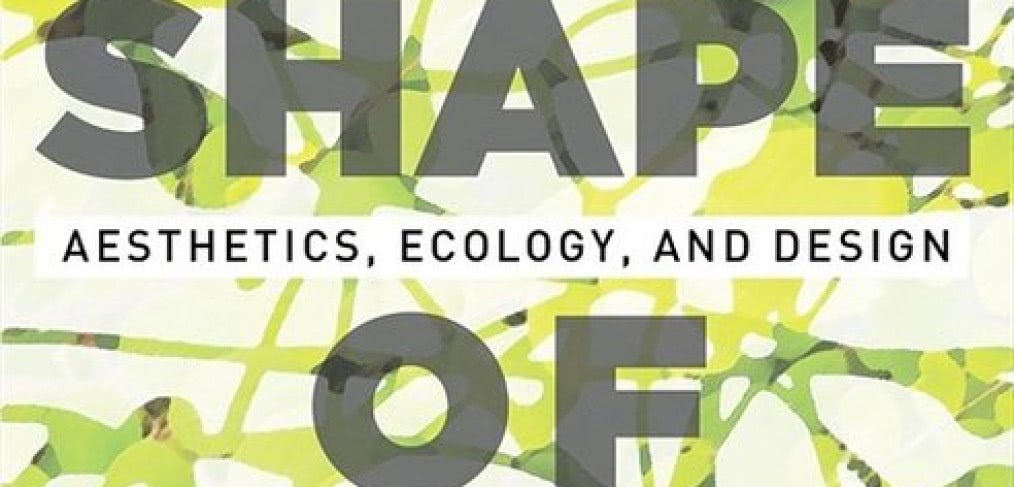
The Big-Firm Advantage
The future of sustainability rests with large collaborative networks, rather than lone visionaries.
Originally published in GreenSource magazine:
In Where Good Ideas Come From, Steven Johnson describes “the archetypal myth of modern innovation” as “the rogue visionary who somehow sees beyond the horizon that limits his contemporaries.” While the myth has been debunked in other industries—James Watt didn’t single-handedly invent the steam engine, and the light bulb didn’t spring whole from Thomas Edison’s mind—it still thrives among architects. From Frank Lloyd Wright to Rem Koolhaas, the most famous designers are often perceived as lone creative geniuses whose singular brilliance seems to leap ahead of their time. The sustainable-design movement could change this perception, and the primary benefactors could be large collaborative practices.
First, with more volume, big firms can have dramatically more impact on the built environment. Each of the dozen American A/E firms with over 1,000 employees completes millions of square feet of construction every year. With even modest improvements, a single firm’s output can significantly reduce carbon emissions, cut electricity costs, and increase workforce productivity. At such scale, the opportunities to learn and lead are enormous.
Second, big firms often have more flexibility. Companies with hundreds of people spread across the globe typically practice distributed management, which lends itself to the kind of “dynamic environment,” described by business guru John Kotter in Forbes last October, “where traditional reporting structures take a back seat to good ideas.” Yet old-fashioned hierarchy is the norm among the most celebrated architecture firms, where the best ideas often take a back seat to the founders’ ideas. A smaller, entrepreneurial practice organized to support the personal vision of its founder has a significant limitation—namely the need to support that vision. If Gehry and Libeskind decided to go green tomorrow, they’d have a hard time shoehorning it into their jumbled geometries. Big firms, often legacy companies that continue past the deaths or retirements of their founders, are rarely confined by vocabulary, so projects can evolve on their own terms, and performance can trump a preconceived “style.” In fact, because it limits possibilities, a signature style might be the single most significant deterrent to sustainable performance.
Finally, big firms potentially have more capacity for innovation. As Johnson recounts, in the past two centuries the vast majority of groundbreaking inventions have evolved out of large interactive networks: “For every Alfred Nobel, inventing dynamite in secret, there are a half dozen collective inventions like the vacuum tube or the television.” Architects can spur more rapid progress by nurturing their firms to become innovation ecosystems. Since more people can lead to more ideas, big firms have a tremendous advantage. Imagine empowering 1,000 people to tinker freely with new ideas—crowdsourcing under a single roof. The potential rate of innovation could be astounding.
Nevertheless, design culture tends to honor smaller practices. No one from the biggest firms has ever won the Pritzker Prize, and in the past century the AIA Gold Medal has gone to large practitioners only twice (to two of SOM’s three founders). But the next generation of sustainable design could finally transform the profession to favor substance over style. If they build on their inherent strengths, big firms could lead the way.
